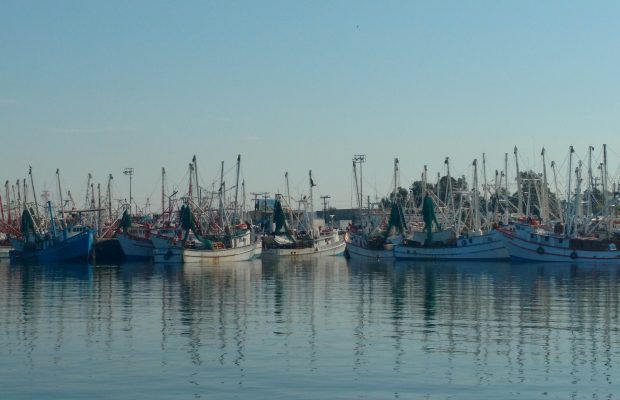Reopening of zipline under review
By José Antonio Pérez
Over three months since an incident at the zip line located at “competition hill” on the way to La Cholla, in which three people suffered non-life-threatening injuries, possibilities for the facility to reopen are under review, detailed Protection Civil Director Francisco Javier Carrillo Ruiz. The zipline company, now under new ownership, has contracted a structural specialist for an expert examination, who will also ensure observations made are met. He furthered zipline activities will remain suspended until this external review is complete, confirming safety conditions are adequate to resume the “extreme sport” offer for both residents and visitors. However, he noted this could be within coming weeks.
Shrimp production falls 60% – 70% following restrictions in Upper Gulf
By José Antonio Pérez
Shrimp production, particularly for blue shrimp, has fallen between 60% to 70% in the Upper Gulf of California following the fishing restriction decree of Oct 11th, reported Mateo López León, local representative of the National Chamber of the Fishing Industry (CANAINPES). This, he explained, has put the shrimping fleet into a complicated situation as hopes are restrictions will be lifted on Dec. 17th, as stipulated. The restriction, meant as a measure to prevent extinction of the endangered vaquita marina, blocked off 50,000 hectares from deep-sea fishermen. This limitation is beginning to be seen in yields for boats that only fish in areas surrounding Sonora, including those of fishermen from Punta Estrella and Puertecitos that generally produce high yields of blue shrimp.
At least 17 vaquita marina spotted, highlighting results of Vaquita CPR project
By José Antonio Pérez
Technology and techniques of the Vaquita CPR (Conservation, Protection, and Recovery) meant to locate the endangered vaquita marina have provided positive results, as by the end of October diverse expeditions have detected at least 17 vaquita, reported Rafael Pacchiano Alamán, Minister of the Environment and Natural Resources. He added the most important point has been, in the majority of cases, the vaquita spotted have been in pairs of mothers and their young, which provides a great deal of hope. Pacchiano Alamán indicated the most important step of the Vaquita CPR project to date is they now know they can capture the vaquita and it can withstand being taken to the vaquita sanctuary. Furthermore, they have been able to obtain samples allowing for further examination of the vaquita anatomy and genetics.
